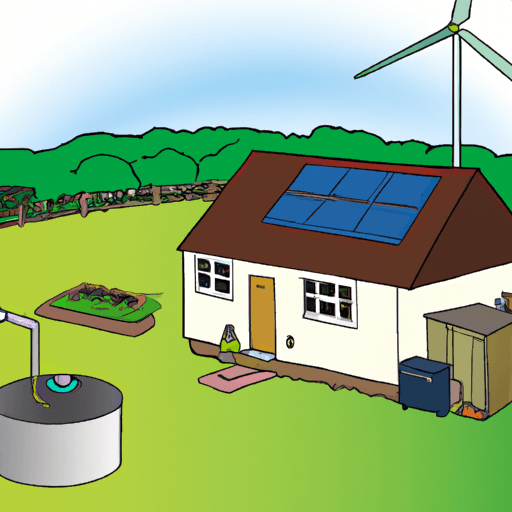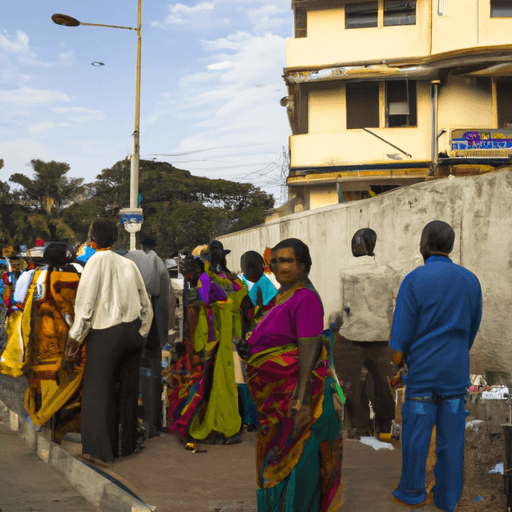The Devastating Impacts of Climate Change on Local Communities
Climate change is having a devastating impact on local communities all over the world, with effects ranging from extreme weather events to shifting ecosystems and loss of biodiversity. This article will explore the impacts of climate change on everyday life in local communities, such as housing, infrastructure, food availability, and water resources. It will also discuss the steps taken to mitigate the effects of climate change on local communities and how successful or unsuccessful these measures have been.
The Effects of Climate Change on Local Communities
Housing: Climate change has caused an increase in extreme weather events, such as floods and hurricanes, which can cause significant damage to homes and other buildings. Communities in coastal areas, in particular, are vulnerable to flooding, and this can lead to displacement of people and destruction of property.
Infrastructure: Climate change can also have an impact on infrastructure, such as roads, bridges, and power lines. Extreme weather events can cause significant damage to infrastructure, making it difficult for communities to access essential services such as healthcare and education.
Food availability: Changes in temperature and precipitation due to climate change can affect agricultural production and food availability. For example, drought and extreme heat can reduce crop yields, while flooding can damage crops and lead to food shortages.
Water resources: Climate change can also affect access to water, as it can cause changes to the availability and quality of water resources. This can lead to water shortages in local communities, which can have a devastating effect on the health and wellbeing of people living in these areas.
Mitigation Measures Taken to Address Climate Change Impacts
In order to address the impacts of climate change on local communities, governments and other organizations have implemented a number of measures. These measures include:
- Improving infrastructure, such as roads and bridges, to make them more resilient to extreme weather events.
- Providing financial and technical support to farmers to help them adapt to changing climatic conditions.
- Developing new technologies to improve water management and reduce water shortages.
- Creating awareness campaigns to educate people about the effects of climate change and how to mitigate them.
Success and Challenges of Mitigation Measures
There have been some successes in mitigating the effects of climate change on local communities. For example, in the US, the city of Miami has implemented a range of measures to reduce flooding, such as installing pumps and building sea walls. Similarly, in India, the state of Gujarat has implemented a range of measures to reduce water scarcity, including rainwater harvesting and groundwater recharge projects.
However, there are also challenges associated with these measures. For example, the cost of implementing infrastructure improvements can be prohibitively expensive for some communities, and there are also issues around access to technologies and the lack of capacity in some areas. Additionally, many people are still unaware of the effects of climate change and the steps that can be taken to mitigate them.
Conclusion
Climate change is having a devastating impact on local communities all over the world, with effects ranging from extreme weather events to shifting ecosystems and loss of biodiversity. In order to address the impacts of climate change on local communities, governments and other organizations have implemented a range of measures, such as improving infrastructure and providing financial and technical support to farmers. While these measures have had some success, there are still challenges associated with them, such as the cost of implementation and lack of awareness.


















Comments
Leave a Comment